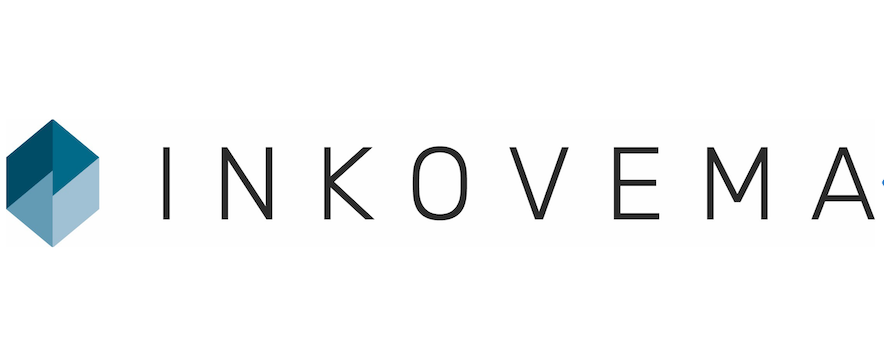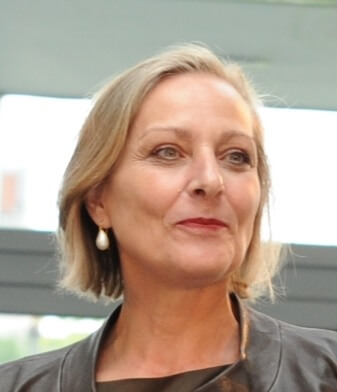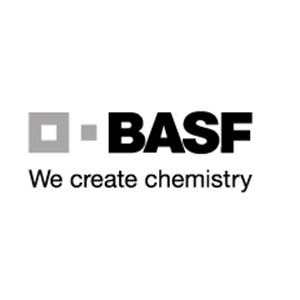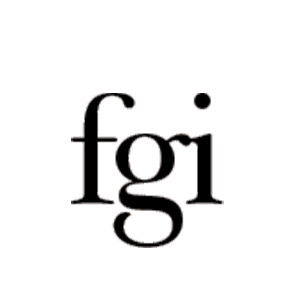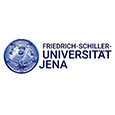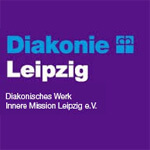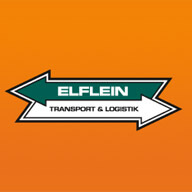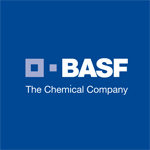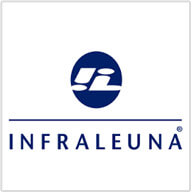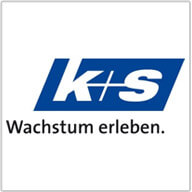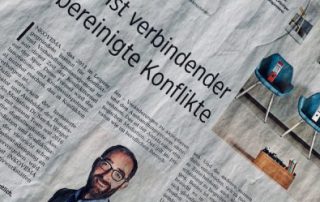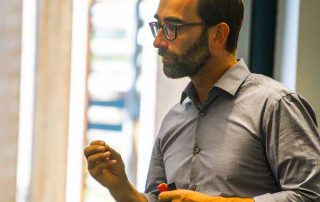Conflict prevention and conflict anticipation
We help you to recognise conflicts at an early stage and use them productively.
The potential for conflict should always be considered.
We do not see conflicts between colleagues, teams, departments or between bodies and committees as a problem, but rather as a Expression of different ideas.
Professional conflict prevention generates creative forces and opportunities for your organisation.
Who do we support and accompany?
As experienced conflict experts, we support individuals, teams and organisations on their way to recognising and harnessing the value of conflict potential.
What advantages does your organisation gain from conflict prevention and anticipation?
In short, you save costs and reduce negative stress. Because conflicts are real "time wasters" and "nerve eaters". They also have other negative effects on your organisation.
How does INKOVEMA's conflict prevention work in practice?
We help you to integrate conflict prevention into your strategic planning and to establish prevention tools in your day-to-day operations - for a harmonious, successful working environment.
Non-binding initial consultation & offer
The initial consultation lasts approx. 60-90 minutes. It takes place at your premises, at our premises or via video call. Our aim is to understand your situation and clarify our initial assignment together.
The initial consultation is Confidential and non-binding for you, i.e. there are no costs or obligations.
Following the initial consultation, we will draw up a concept and an offer for you.
Comprehensive analysis of the initial situation
Determine which conflicts should be avoided or better managed. Identify where conflicts could arise or are already emerging (e.g. departmental boundaries, roles, workload).
Presentation of our measures
Presentation of preventive measures that promote a harmonious working environment at your company. These include, for example, communication methods, rule development and processes as well as training in communication, teamwork and conflict management.
Realisation and support
Monitoring the implementation, evaluation and adjustment of the measures is the crucial part of our service: we check whether the steps taken are effective and adjust processes, rules or training if necessary.
Comments on our work
We engaged Dr Sascha Weigel to work through protracted conflicts within a software development team in order to improve the communication culture and support the strategic and personnel reorganisation of the team. We found Dr Sascha Weigel to be a careful and committed moderator and mediator who provided us with excellent support in understanding and resolving our problems, as well as helping us to focus on future directions for us as an entrepreneurial team.
Sascha has conducted extensive mediations in our company. Our company is characterised by diversity - with all its light and dark sides. We could always rely on him in difficult phases, ... a helpful mixture of scientific depth and practical relevance, extremely approachable and with great composure ... but my favourite thing about him is his humour!
As BASF Services Europe GmbH, we asked Dr Sascha Weigel (INKOVEMA) to mediate a conflict in one of our departments in 2015/2016. With outstanding professionalism, he grasped the problem of the conflict situation and also considered the organisational implications in a diverse working environment.Dr Sascha Weigel enabled us to deal with the relevant issues appropriately and make sensible decisions by providing prudent advice to the management level, including the works council, as well as through dedicated mediation and workshops together with the parties involved.
Valuable was the structural help of your approach and the completely different perspective...such as ...much of what we call conflicts are actually attempts to resolve them....
We are impressed by the way Dr Weigel adapts to the particularities of different university structures and offers very appropriate support without intervening himself. He professionally supports those involved in finding their own solutions.
